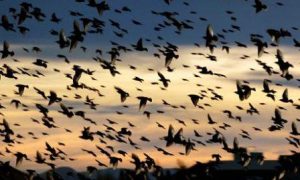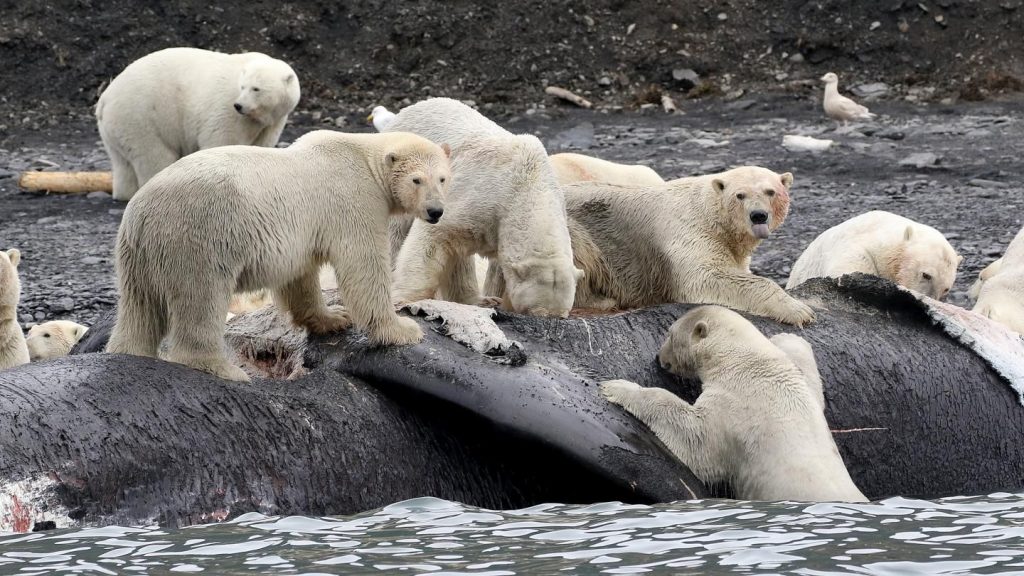
There is a whole cadre—Heidegger (1889-1976) arguably the most famous—who argue that being-with-others is part of the “structure of human existence.” In other words, we are hard-wired to socialize. Whether you believe that or not, there are a gazillion (by actual count) studies that have found isolation to be harmful to humans, both physically and psychologically.

(Editor’s note: Including photographs of isolated and lonely people was too depressing, so I invite you to enjoy these photos of animals not social distancing instead.)
For writers, bad is good

How bad is it? Some researchers posit that social isolation and loneliness are twice as harmful as obesity. Others compare the effects on mortality to be equal to smoking 15 cigarettes per day. Others say the magnitude of risk is right up there with physical inactivity and lack of access to health care.
N.B. Degrees or levels of isolation are difficult to define and measure. Perceived isolation is what produces feelings of loneliness. In many ways, it is easier to study social isolation, though they are closely linked.
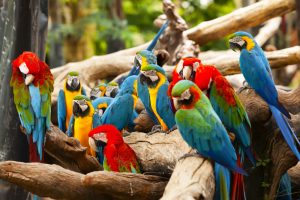
As a writer, the first question is, “Why is your character isolated?” Your options may be more numerous than you think. Here are a few examples.
- Death of a loved one
- Divorce
- Move to a new place
- Researcher in isolated places, like Antarctica
- Mission/mission training, e.g., astronauts
- Immune compromised

- A child/infant in understaffed orphanage
- Being shunned for any reason
- Behavior
- Appearance
- Membership in a marginalized subgroup
- Medical quarantine
- As a form of torture
- Solitary confinement in prison (currently about 80,000 in the U.S. each year)

The second set of questions for a writer:
- How complete is the isolation?
- How long does it last?
- Is it repeated?
- In general, the more complete the isolation, the longer it lasts, and repetition all increase the number and seriousness of the effects.

The third question is, which effects will your character display?

- Fatigue
- Insomnia
- Headaches
- Sweaty palms
- Heart palpitations
- Lowered immunity
- Increased inflammation
- Trembling
- Diarrhea
- Stomach pains
- Lack of appetite
- Drastic weight loss

- Muscle pains (esp. neck and back)
- Oversensitivity to sensory stimuli
- Difficulty concentrating
- Dizziness
- Distorted sense of time
- Severe boredom
- Impaired memory
- Inability to think coherently
- Apathy

- Anxiety
- Panic
- Feelings of inadequacy
- Feelings of inferiority
- Irritability
- Withdrawal
- Rage/anger/aggression
- Confusion
- Paranoia
- Depression
- Suicidal thoughts
- Hallucinations
Many of these effects mimic PTSD and, like PTSD, can last for years after the event.

In the last couple of months, researchers are finding that COVID-19 isolation tends to evoke one of two responses.
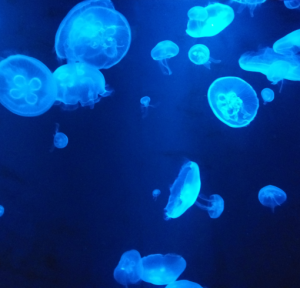
- Those who hunker down and enjoy it—take it as a time to relax, read, bake, pursue a hobby, accomplish things around the house. In short, they’re getting along fine.
- But for others—especially extroverts—the isolation can be harmful to both mind and body.
Not surprisingly, the effects of COVID-19 isolation are many of the same effects as other reasons for isolation.
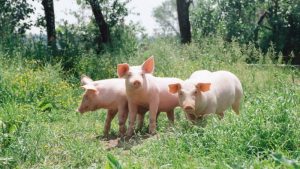
- Boredom
- Lethargy
- Anxiety
- Depression
- Distorted sense of time
- Poor sleep quality
- Develop or increase unhealthy habits
Dr. Samantha Brooks wrote in The Lancet: “A huge factor in the negative psychological impact [of isolation] seems to be confusion about what’s going on, not having clear guidelines, or getting different messages from different organizations.” In addition, not knowing how long isolation will last exacerbates the negative effects of isolation. Think of the current differences within the U.S. and how similar circumstances could be applied to a fictional setting.

People who are at increased risk from COVID-19 isolation are those at heightened risk for social isolation in the first place:
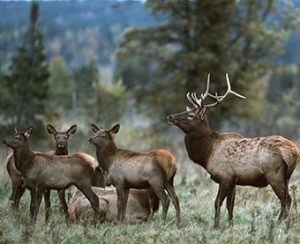
- Older adults, especially with physical limitations and/or poor family support
- Men who didn’t develop social networks outside work
- Being non-white is a bigger risk factor than sex
- Lower income people who may not afford the technology for distance socializing
- Anyone who is marginalized (LGBTQ, survivor of domestic abuse, living in an isolated rural area)
- People incarcerated for any reason

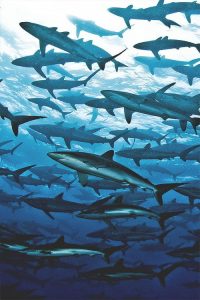
Evidence of stress is apparent in the increased number of calls to suicide prevention (1-800-273-8255) and addiction (1-844-289-0879) hotlines.
Bottom line for writers: consider isolating your character and/or increasing his/her loneliness. You can take it almost anywhere.
